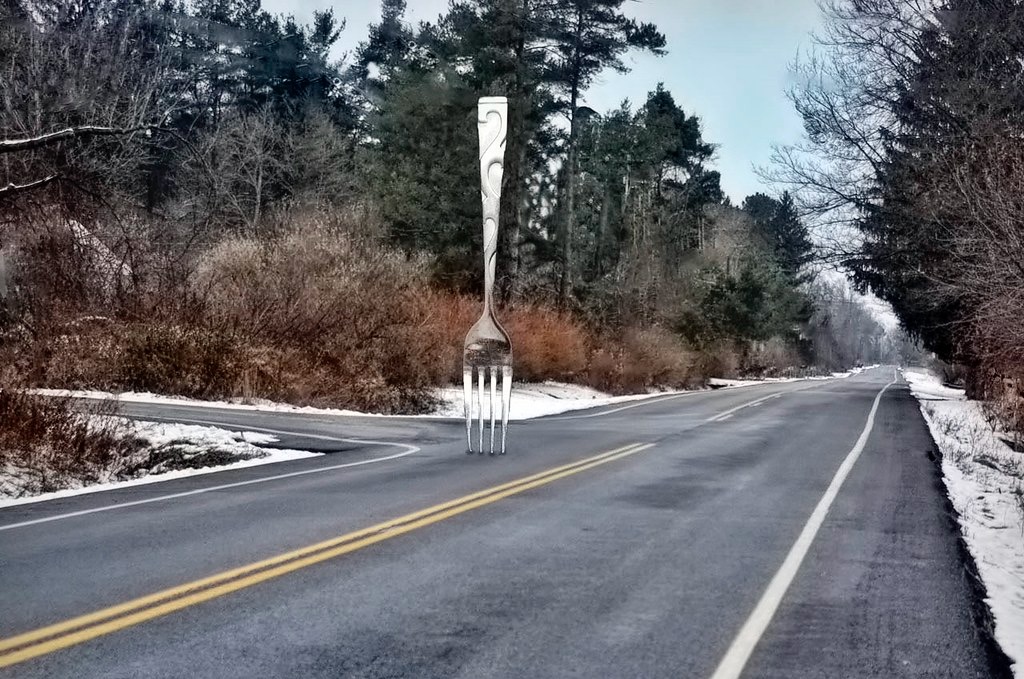
In unsettled times, we reach for metaphors. They help us make sense of the nonsensical—or at least that’s what we tell ourselves. In this episode, we hear from linguist Elena Semino, editor of a crowd-sourced publication called the Metaphor Menu intended for people with cancer. She assesses the merits of coronavirus metaphors, from battlefield clichés to forest fires to contaminated swimming pools.
Photo by Jo Zimny Photos. Music by Moss Harman, Megan Woffard, Alexandra Woodward, Heath Cantu, Sights of Wonder, Remodal, Sons of Hades, Podington Bear. Read a transcript of this episode here.

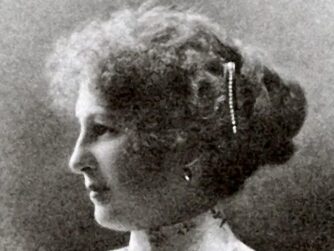

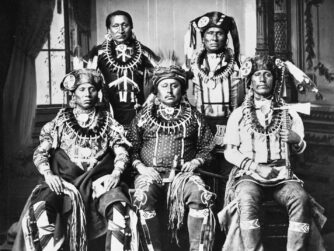
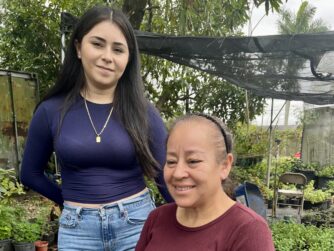
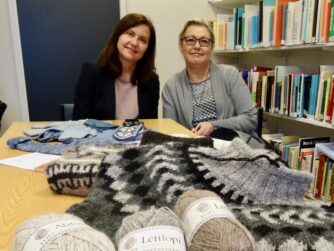

Metaphors let us change trains, they help us to bridge concepts. When metaphors wear thin they are less effective, they are to us like a drab dress or something gaudy. Were we to tell folks that the virus were a cockroach like alien that had landed in Wuhan China and it is seeking a human host we might unite to fight for humanity. Instead we squabble about whose fault it was. There are Godzilla viruses out there and they are deadly but they are easy to catch because you know where they have been – they leave a big stomp. COVID19 is more like a cockroach or bedbug it is every where, it can replicate so fast, and they are hard to catch. Jack has got it right. Great use of metaphor.